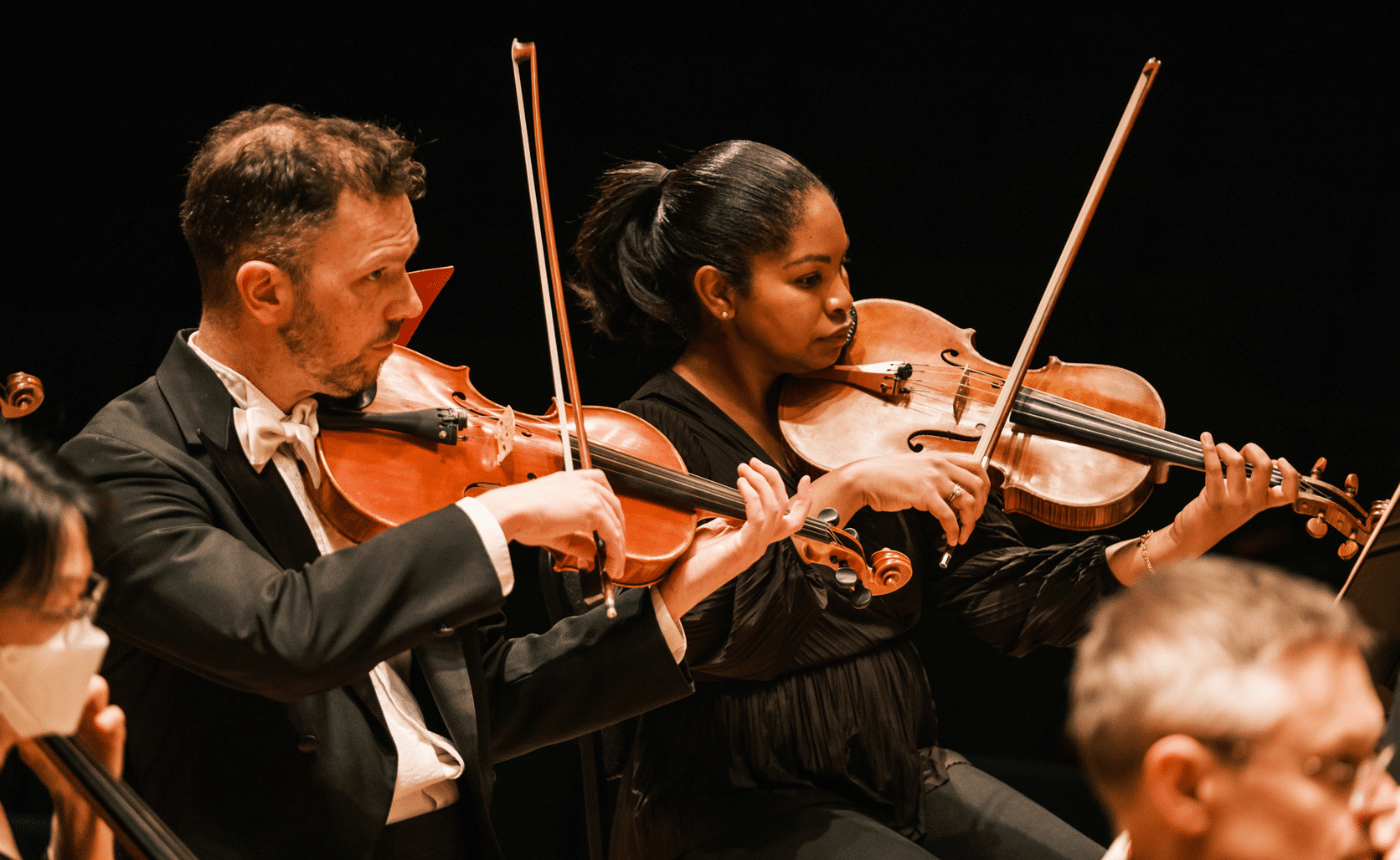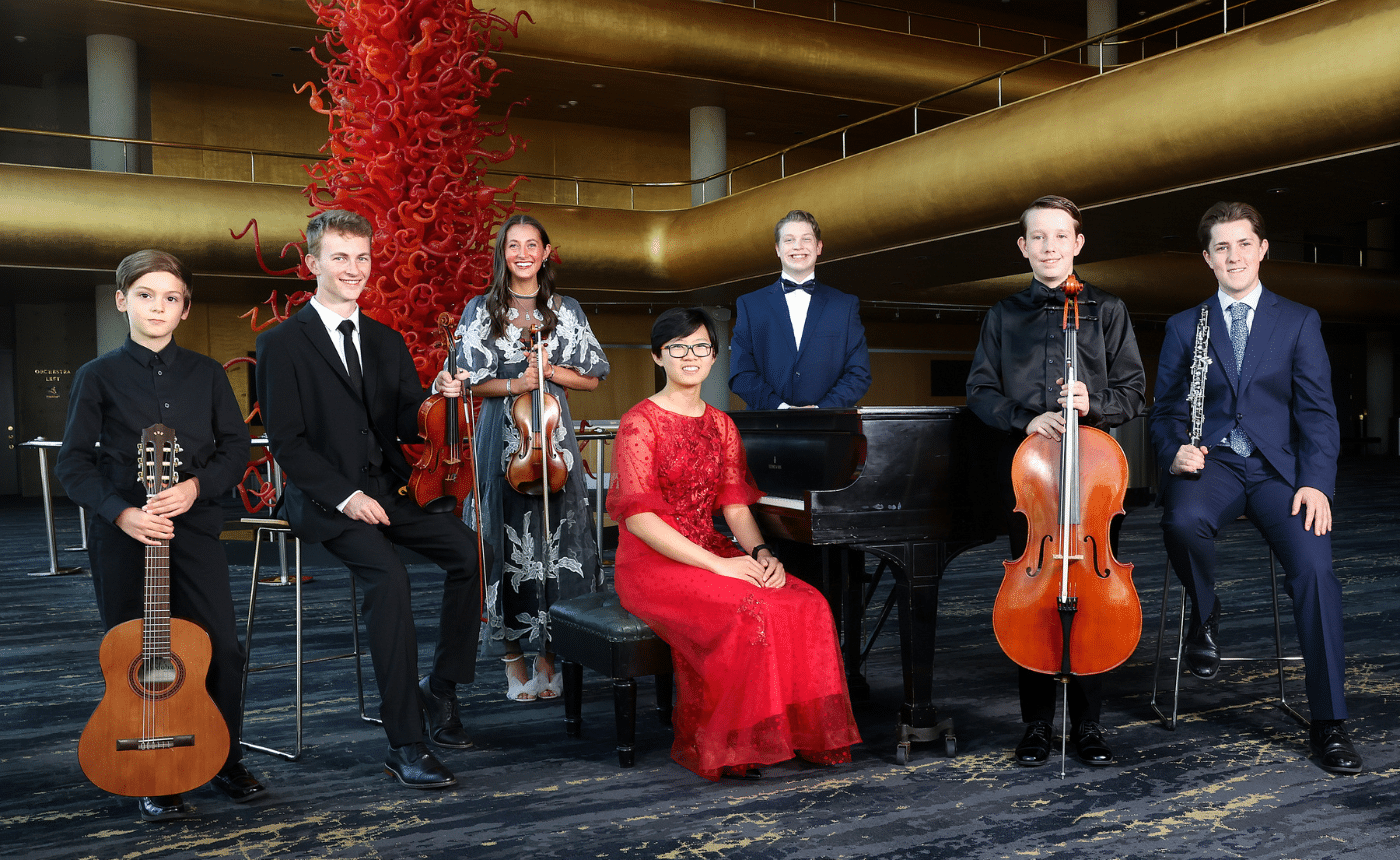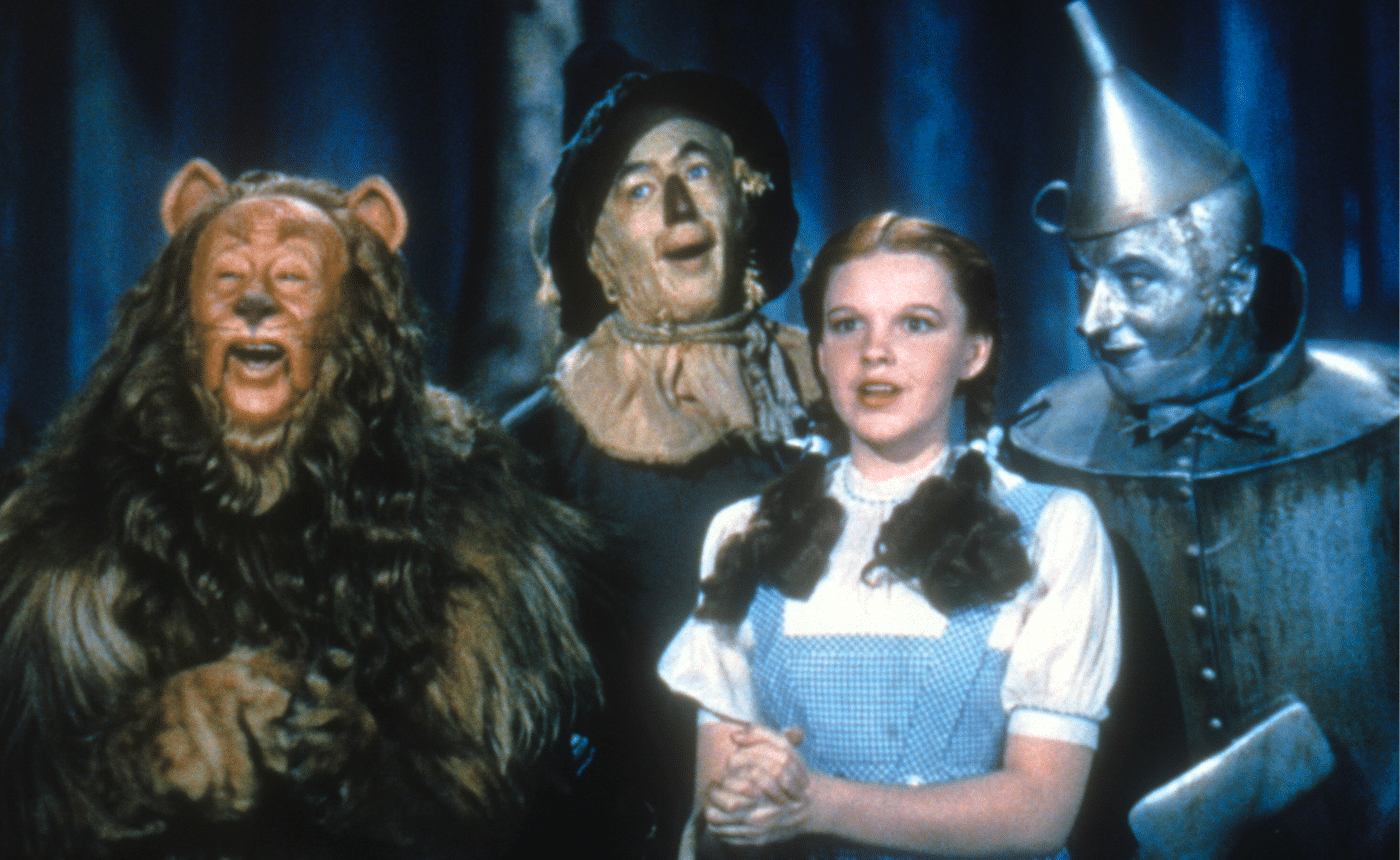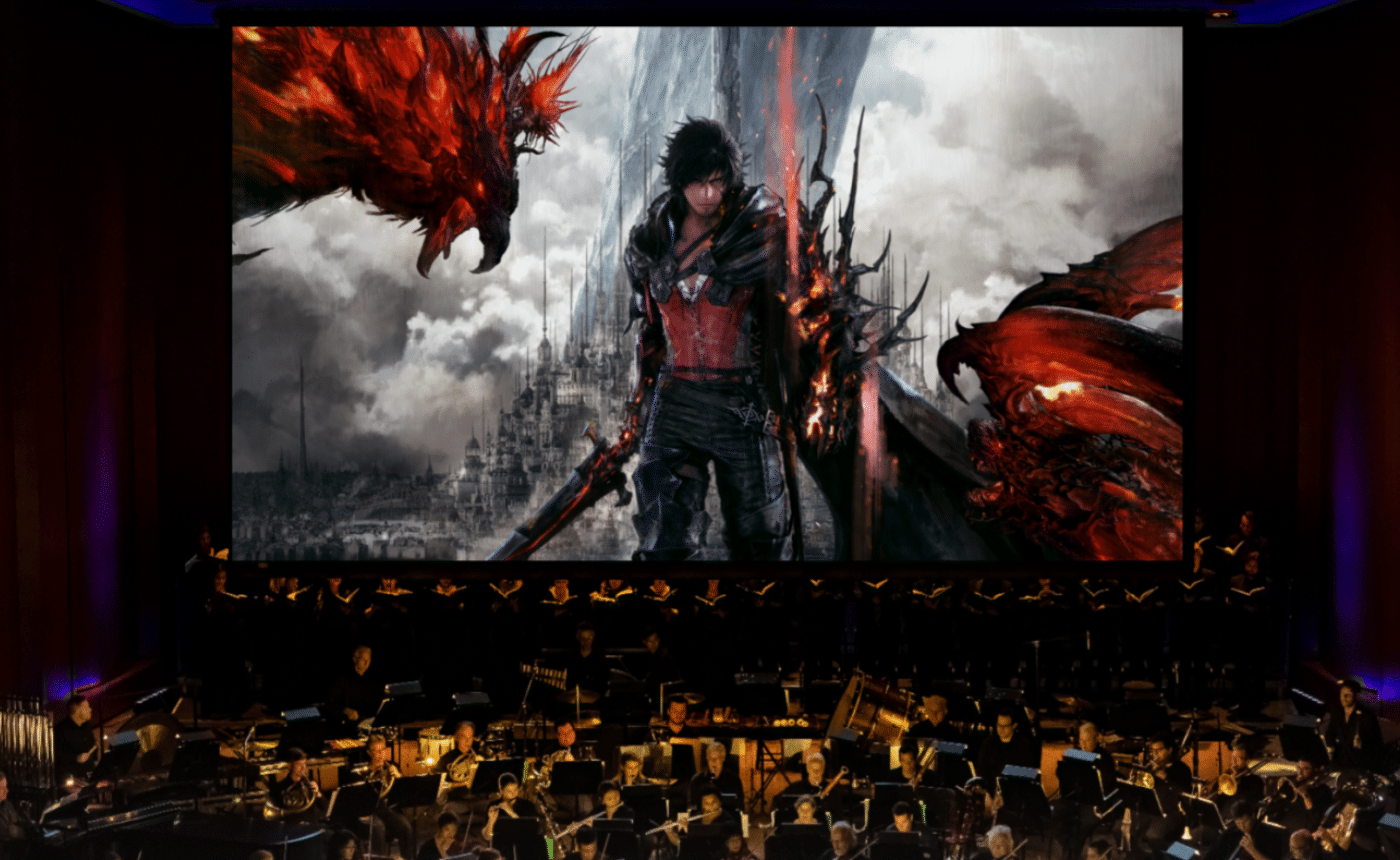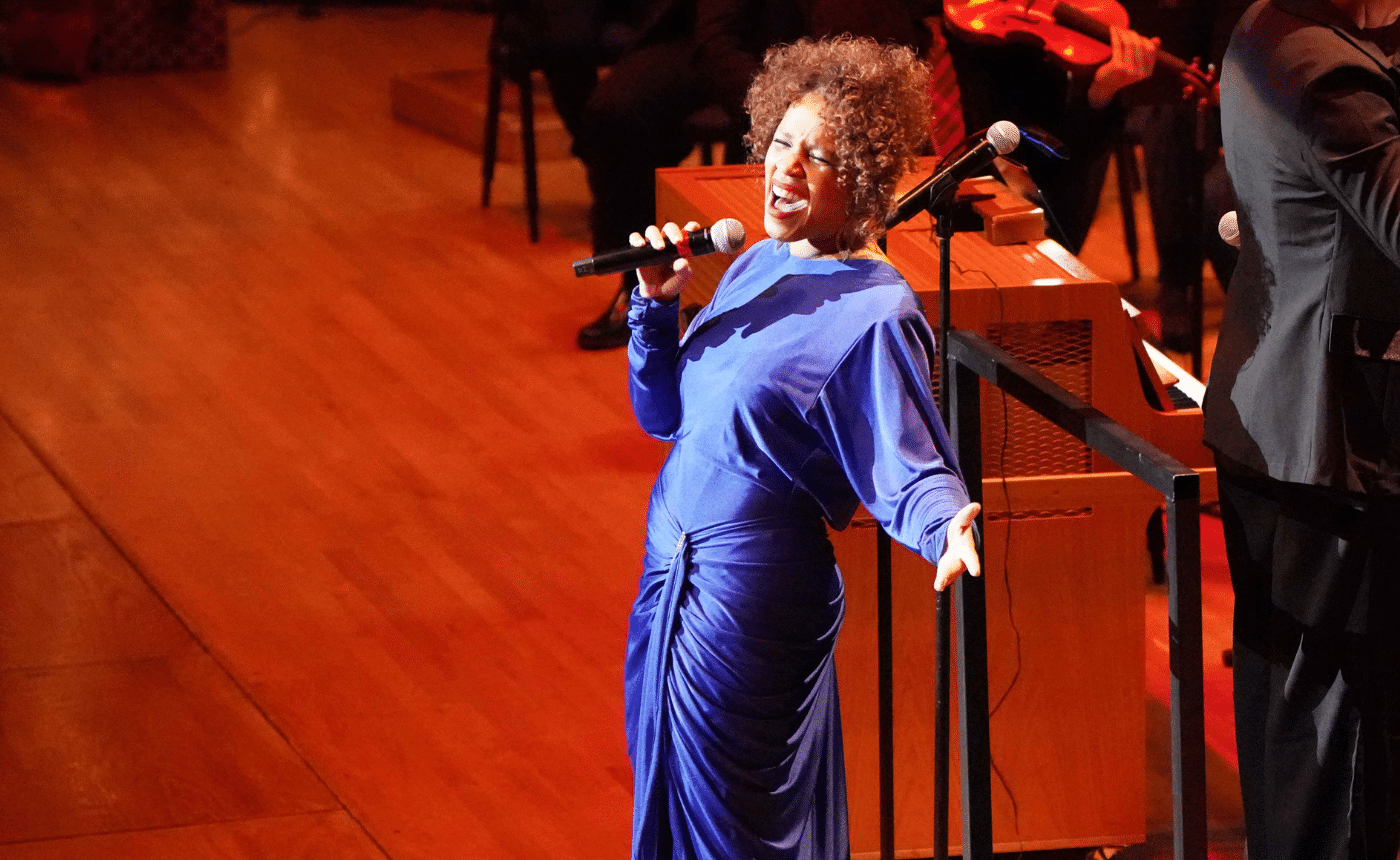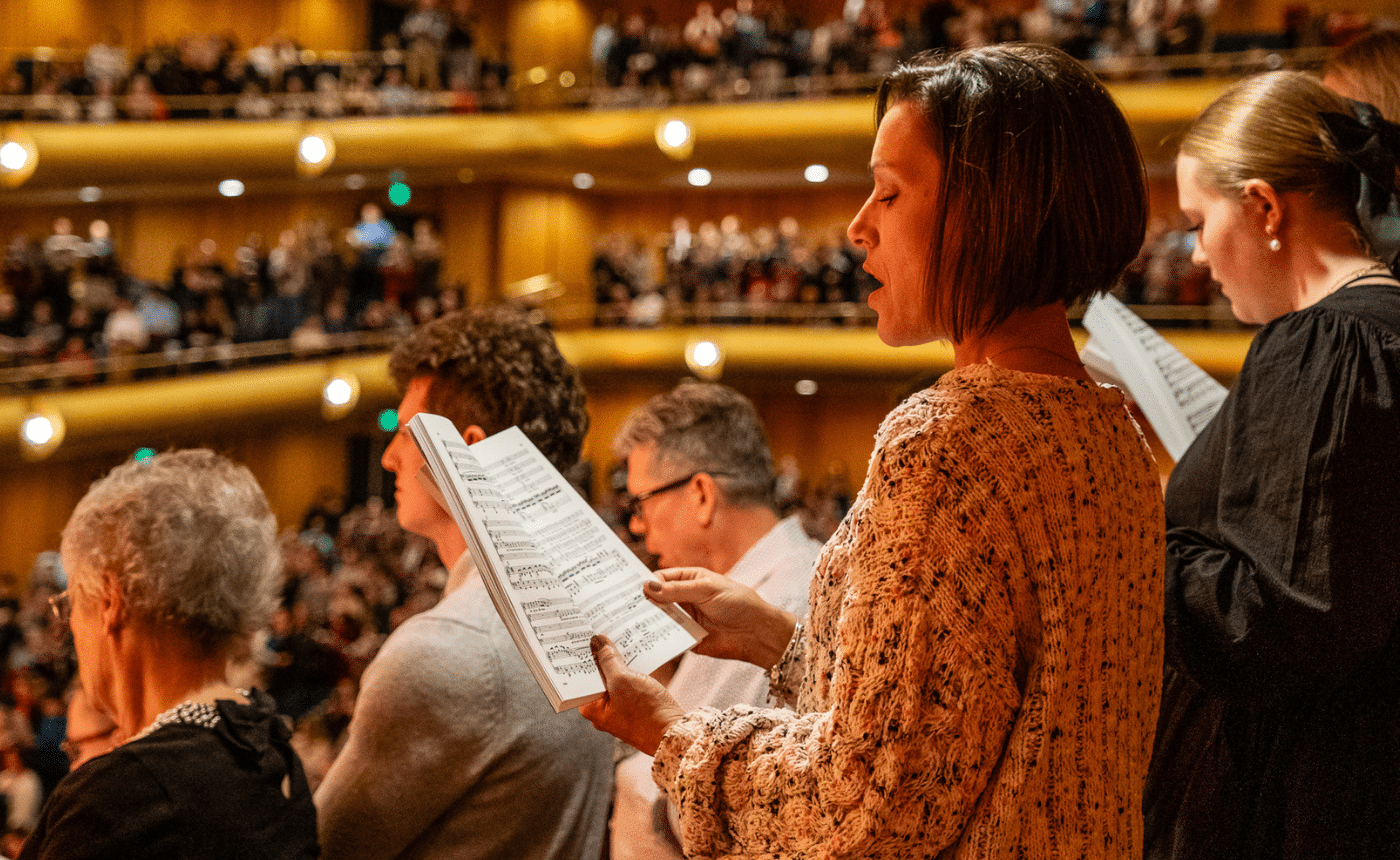Wagner – “Waldweben” from Siegfried
by Jeff Counts
Instrumentation: 2 flutes (2nd doubles piccolo), 2 oboes, 2 clarinets, 2 bassoons, 4 horns, 2 trumpets, 3 trombones, timpani, glockenspiel, triangle, strings.
Duration: 9 minutes.
THE COMPOSER – RICHARD WAGNER (1813-1883) – Though it was not premiered as a complete, four-day Bühnenfestspiel (stage festival play) until August of 1876, Wagner had been working on parts of Der Ring des Nibelungen since as far back as 1848. He completed the text of the four operas in 1853 and only then began to craft the music, a process that occupied him off and on for another 21 years.
THE MUSIC – The famous “Waldweben” (Forest Murmurs) sequence of the Ring comes from Act II of Siegfried and there is no better description of the setting than the one Wagner himself provides in the libretto. Siegfried has come to the forest and the cave of the dragon Fafner, intent on facing down the legendary beast. While he waits for Fafner to appear Siegfried “stretches himself out comfortably under the lime tree” and quickly becomes “lost in silent reverie.” He “leans back and looks up through the branches” and becomes enchanted by the “forest murmurs.” As he ponders about what his father and mother might have been like, Siegfried sighs amidst the “increasing forest murmurs” and then “listens with great interest to the song of a bird in the branches above him.” This is the same bird that will eventually lead the young hero to the place where Brünnhilde rests but Siegfried doesn’t know this yet and attempts to answer the call with a pipe he has fashioned from a nearby clump of reeds. It is a wonderful moment and certainly some of the most evocatively gorgeous music of the entire Ring. Though not as commonly performed as the “Ride of the Valkyries,” the gentler “Waldweben” is still among the most favored concert excerpts from the opera cycle.
THE WORLD – Custer’s Last Stand occurred at the Battle of the Little Bighorn in 1876. It was also the year of the most famous moment in telephonic history when Alexander Graham Bell said, “Mr. Watson, come here. I want to see you.”
THE CONNECTION – Forest Murmurs has been performed on the Utah Symphony Masterworks twice over the last 25 years, most recently in 2006 under Klauspeter Seibel.




